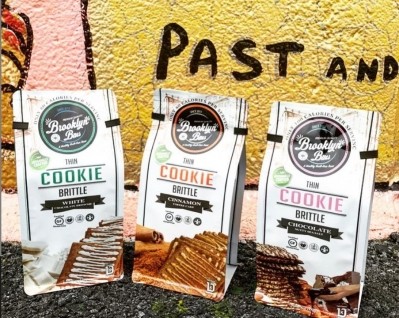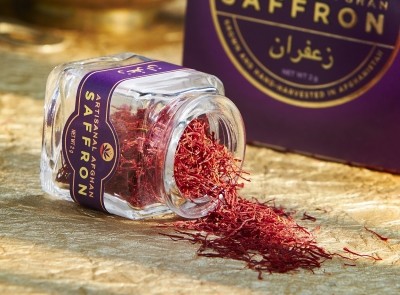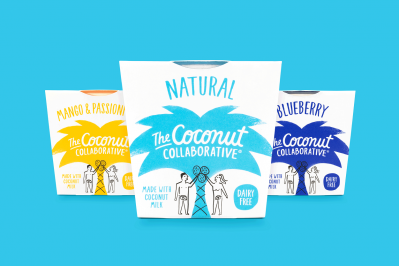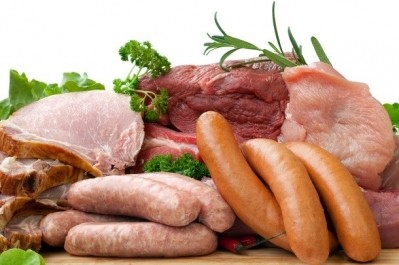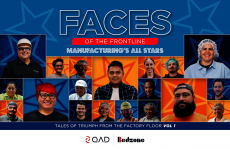Food Tech Summit & Expo 2018 in Mexico
Texture is ‘the next big thing’ in food & beverage marketing in the US, Latin America, Mintel predicts
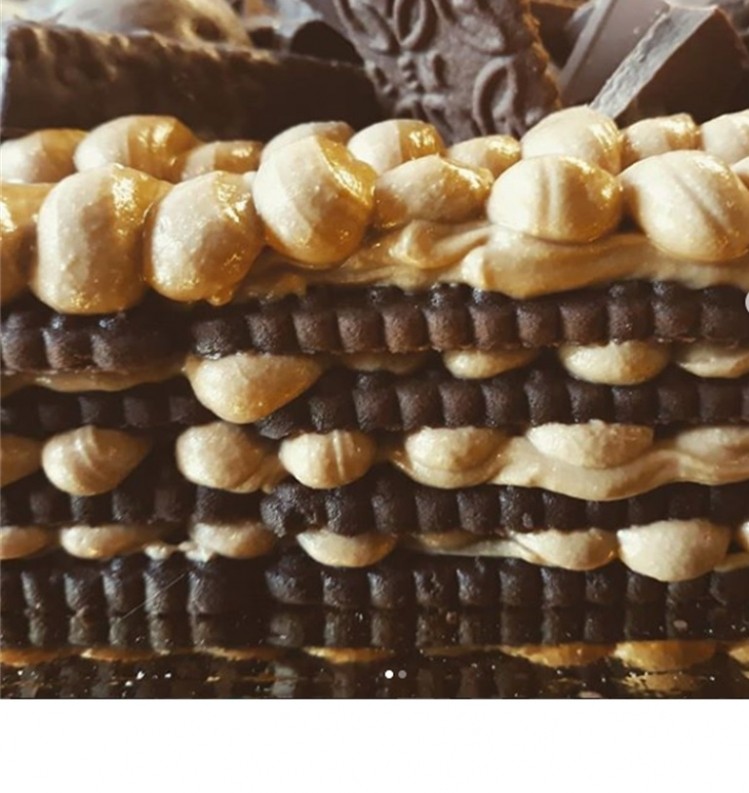
“Texture is really a key element of how we experience food, but it’s not something that tends to get as much attention as flavor does,” and yet according to consumers it can be a deciding factor when choosing between brands said Sarah Theodore, research manager for Mintel Food & Drink in the Americas.
For example, she told attendees at the Food Tech Summit & Expo in Mexico last week, 81% of adults in France say they choose ice creams that have different textures in them, and 52% of consumers in China say they expect indulgent biscuits not just to have a great flavor but also layers of texture.
With this in mind, playing up texture can make existing products more exciting – and give manufacturers another tool to renovate iconic brands, which in turn can ease the pressure to constantly innovate entirely new concepts, Theodore said.
For support, she pointed to data showing that 81% of consumers in France said that ingredients with contrasting textures make familiar products more exciting – a sentiment that was echoed by 74% of consumers in Poland, 73% in Spain, 69% in Italy and 59% in Germany.
Despite this high demand, very few products globally actually talk about texture on their packaging – especially in Latin America where only 19% of products in 2017 made texture claims, versus 23% in North America and 20% in Europe, the Middle East and Africa.
In addition, of the 25 texture attributes that Mintel tracks on product packaging, three-quarters of product introductions that address texture focus on only five attributes: crunchy, smooth, soft, carbonated and chunky.
“That means those 20 other textures are out there to be taken advantage of and really aren’t being mentioned on products at all,” Theodore said. In addition, she noted, texture currently is only really addressed on pack in two categories – bakery and snacks – and even those have low penetrations for launches between Sept. 2017 and August 2018 at 16% and 15% respectively.
This low use but high demand signals that texture can provide a strong point of differentiation for brands in a competitive category. Theodore added.
How can brands innovate with texture?
There are two main ways that brands can use texture to market their products, according to Theodore. They can either play up existing or inherent textures in a product, or use texture as a key point of distinction in a new product launch.
An example of highlighting existing texture is the way Yoplait Oui describes the yogurt as being poured and set in a glass container. The brand also incorporates texture in the packaging by designing the foil lid to mimic the cheese cloth that would go over a traditional pot of yogurt, Theodore said.
Mondelez’s limited edition Fireworks Oreos in the US, which included popping candy in the cream filling, is an example of innovating with texture as a primary feature, said Theodore, adding that many consumers told Mintel that it looked like a fun product they would buy.
Consumers are drawn to textures for experiences
A fun, new or novel experience is one of the driving reasons shoppers – especially young ones – are attracted to textures in products, Theodore explained.
“We see another example of that in the 32% of US coffee shop consumers who say they would be interested in bubble teas from a coffee shop,” in part because “they are fun to look at, fun to drink, often they are in unique colors so you really incorporate those things that attract younger consumers,” she said.
Fun doesn’t have to be unhealthy though, she noted. In Mexico, Yoplait Disfruta yogurt drink contains natural flavor chunks that come in a see-through bottle that allows consumers to “see the flavors,” Theodore said.
Itambe Aerated Chocolate UHT Milk in Brazil also uses texture to engage consumers and create an experience by instructing shoppers to shake the product to create a shake-like consistency that is thicker than if they drank it without shaking it first.
Because experiences are more fun when shared, food and beverage companies also should incorporate texture to enhance a product's appearance in photos that can be posted on Instagram, Theodore said. One way companies do this is by using thin layers.
“Something we see all over social media is a lot of photos with cakes in very thin layers, things between different colored layers,” which can create an impression of indulgence, she explained.
In Argentina, the brand Chocolinas uses Instagram to market its thin cookies by sharing posts that show consumers how to use the product to create decadent layered desserts that blend the crisp cookie with a filling that is creamy or a different temperature.
Ultimately, Theodore said, using texture is an important way to keep consumers engaged with products in different ways and because not many brands are using it yet, it can also be a point of differentiation in crowded categories.
